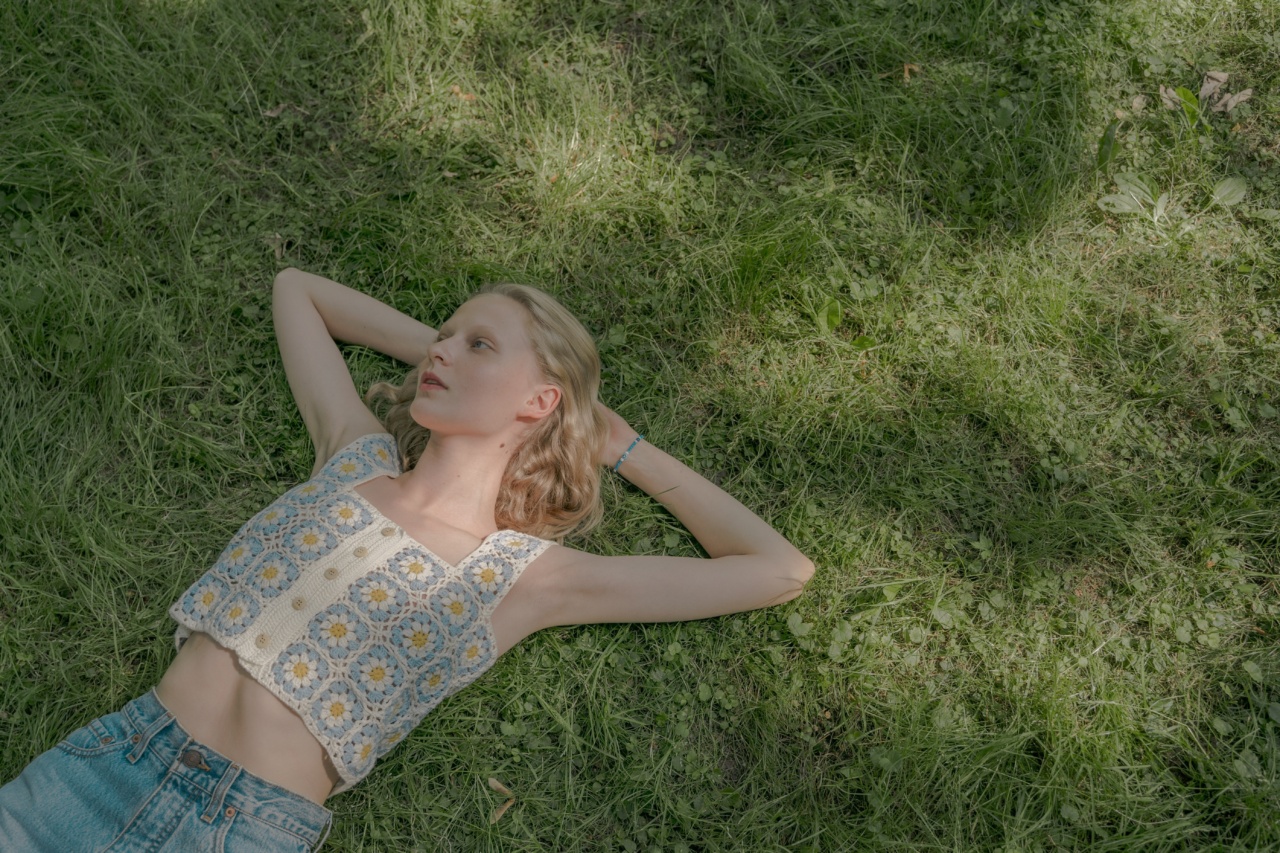Blonde hair has long been admired and revered for its unique and captivating appearance. People with natural blonde hair are often seen as having an allure and radiance that sets them apart from others.
In this article, we will delve into the scientific explanation behind blonde hair, exploring the genetic, evolutionary, and biochemical factors that contribute to this fascinating trait. So, let’s unravel the mysteries behind the golden locks.
Genetic Factors
One cannot discuss the scientific explanation behind blonde hair without acknowledging the role of genetics.The gene responsible for producing high levels of the pigment melanin, which determines hair and skin color, is called MC1R. Individuals with a variant of this gene carry less melanin in their hair, resulting in lighter shades. This gene mutation is more prevalent in populations of Northern European descent and is hereditary.
It means that both parents must carry the mutant gene for a child to have blonde hair.
The Evolutionary Advantage
Blonde hair might seem like a mere aesthetic trait, but scientists believe it played a role in human evolution.As humans migrated to regions with lower sunlight exposure, such as Europe, blonde hair became advantageous. Lighter hair allows for increased absorption of Vitamin D from the limited sunlight, as well as reduced susceptibility to conditions caused by vitamin D deficiency, such as rickets.
Natural selection likely favored individuals with this adaptation, leading to the prevalence of blonde hair in certain populations.
Mechanisms of Hair Color
Understanding how hair color is determined requires exploring the complex biochemistry involved.Eumelanin, the dark pigment responsible for brown and black hair, is synthesized from the amino acid tyrosine by specialized cells called melanocytes. Two main enzymes, called tyrosinase and tyrosinase-related protein 1 (TRP-1), are crucial for eumelanin production. In blonde hair, however, these enzymes are less active, leading to reduced eumelanin synthesis.
Instead, a related pigment called pheomelanin becomes more dominant, resulting in lighter hair shades.
Influence of Other Pigments
Melanin pigments are not the sole contributors to hair color.Other pigments, such as carotenoids and pheomelanin, can influence the shade and tone of blonde hair. Carotenoids, which are yellow and red pigments found in certain foods, might impart a warmer or more golden hue to the hair.
Additionally, higher levels of pheomelanin, which is responsible for the red and yellow tones, can produce strawberry blonde or even red hair when coupled with lower levels of eumelanin.
Blonde Hair in Different Populations
While blonde hair is often associated with individuals of Northern European descent, it is important to note that it can be found in diverse populations around the world. In fact, natural blonde hair has also been observed in populations from Oceania, Asia, and Africa, although at much lower frequencies.The genetic variations responsible for blonde hair in different populations might differ, highlighting the complexity of its origins and evolution.
The Myth of Blonde Extinction
You may have heard the rumor that natural blondes will eventually become extinct.This claim stems from the fact that the blonde hair allele is recessive, meaning it can be masked by the dominant brown hair allele. However, even if the frequency of the blonde allele declines, it is highly unlikely that blonde hair will disappear entirely. The gene can still be passed down through generations, even if individuals do not express the trait themselves.
The Psychology of Blonde Hair
Beyond the scientific explanations, blonde hair has often carried cultural and psychological connotations.Throughout history, blonde hair has been associated with beauty, youthfulness, and desirability. This societal perception can influence the way individuals with blonde hair are perceived and can have a psychological impact on both blondes and those around them.
The Fascination with Blonde Hair
Blonde hair continues to captivate and fascinate people around the world.From its genetic origins to its potential evolutionary advantages, there is much to be explored and understood about this unique hair color. So, whether you have blonde hair or simply appreciate its beauty, remember that beneath the surface lies a rich and scientifically intriguing story.































